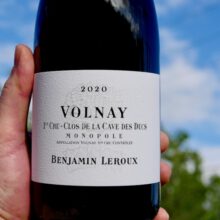
Product information
Benjamin Leroux Volnay 1er Cru Clos de la Cave des Ducs (Monopole) 2020
$299
Description
One of the signature cuvées of the Leroux stable, Clos de la Cave des Ducs is a 0.64-hectare monopole vineyard owned by the family of Leroux’s right-hand man, Jean-Charles Carré. It’s a wine that was rarely seen before Leroux started bottling this site in 2007. It’s the highest 1er Cru of Volnay and the vines sit on fine, light soils. The vines are up to 80 years old (with an average age of 50 years) and include some 20-year-old massale selection vines sourced from Comte Armand’s Clos des Epeneaux. The site is managed biodynamically and with meticulous care, and here Carré and Leroux test their most progressive viticulture. Leroux has noted that recent harvests have seen the Clos move towards a finer, more floral expression. This year he retained around 20% whole bunches.
“One of the darker purple colours, and the nose shows a certain concentrated ripeness, not quite as complete as Santenots in terms of fruit volume, but it has retained its usual elegance and length. Some whole bunch suggestion, though Benjamin does not use a lot.”
Jasper Morris, Inside Burgundy
Only 1 left in stock






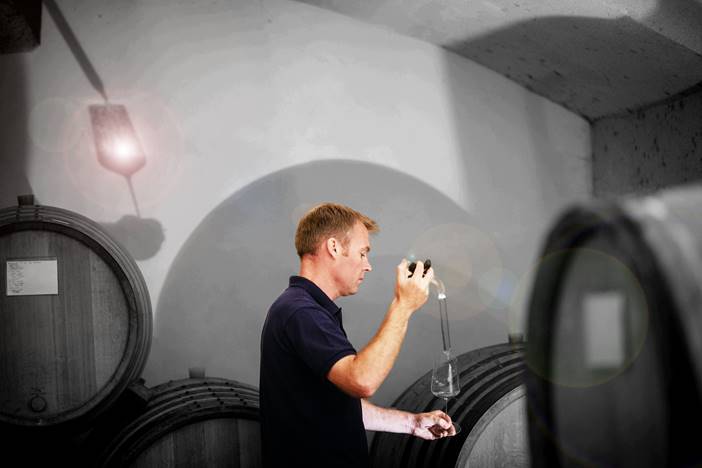
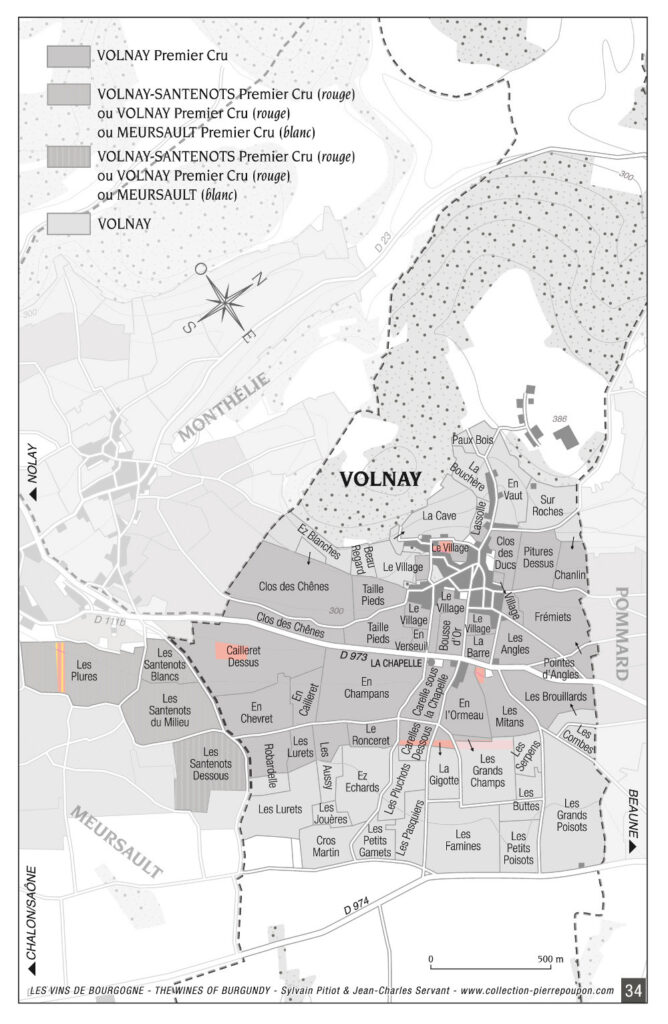
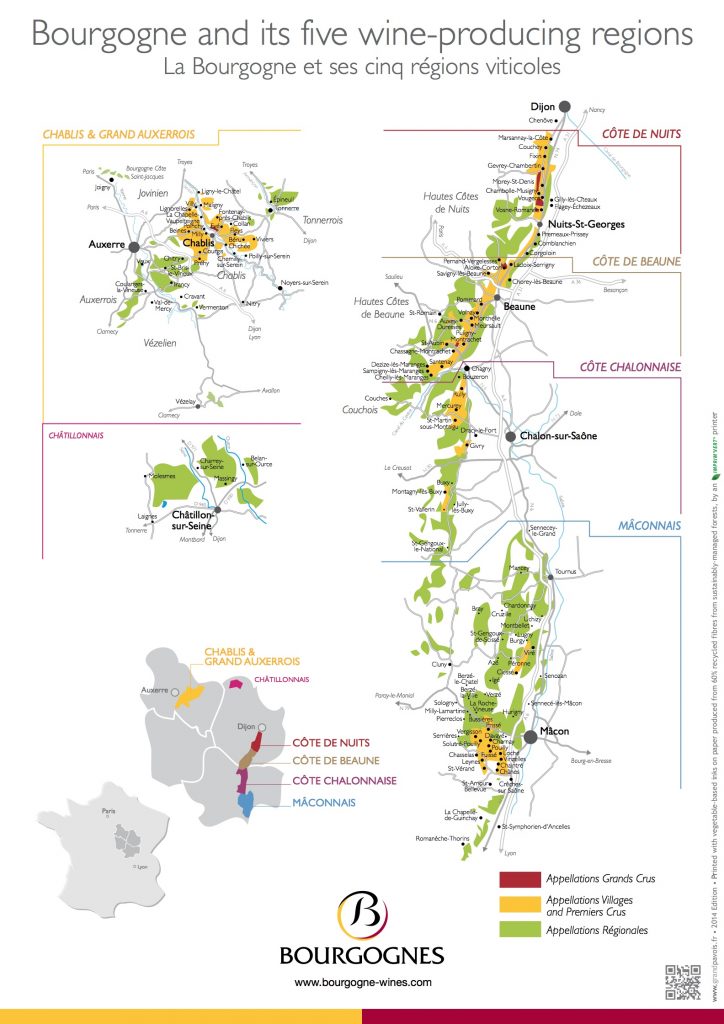
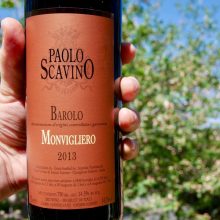
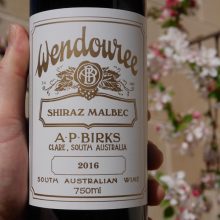
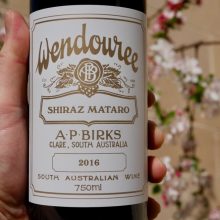
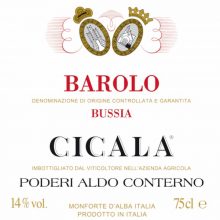
You must be logged in to post a comment.